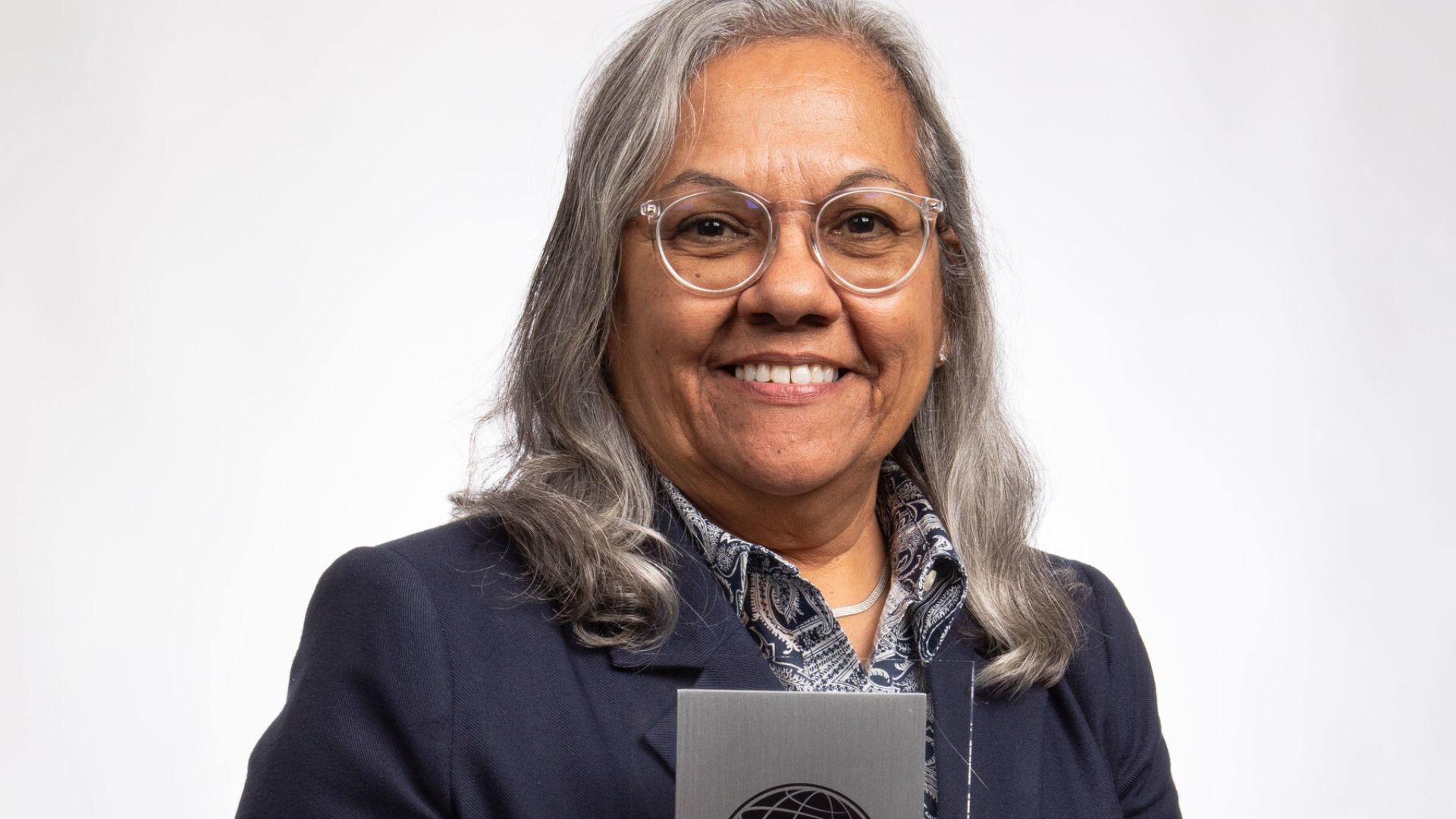MCALLEN, Texas – There are institutions better placed than South Texas College to run charter schools whose sole mission would be to bring back high school dropouts so they can earn a GED and an industry-recognized certificate.
This is the view of STC President Ricardo Solis. Asked about the possibility of his institution spearheading a dropout recovery program in Hidalgo and Starr counties, Solis said:
“That’s something that we have not really explored yet,” said Solis. “There are other organizations and institutions that are in charge of that – Region One and the high schools. Those schools are set up to open up those type of charters and provide that type of education because the funding goes to them for that, but not for us. But we’re open to any type of partnership to work with those organizations.”
Solis made his comments in an exclusive interview with Rio Grande Guardian following a GED graduation ceremony hosted by STC.
Mario Reyna’s perspective
 Mario Reyna, a leader of the Hidalgo County Prosperity Task Force.
Mario Reyna, a leader of the Hidalgo County Prosperity Task Force.The call for STC to take the lead in a regional dropout recovery program first came from Hidalgo County Prosperity Task Force (HCPTF) point person Mario Reyna. HCPTF was set up by Hidalgo County Judge Ricard Cortez to tackle poverty on many fronts in the region. One of these fronts is reducing the number of high school dropouts. It is working closely with Region One Education Service Center on this endeavor.
Reyna, a former dean of business and technology at STC, first suggested STC play a big role in the region’s dropout recovery efforts at a recent dropout prevention and recovery meeting hosted by Region One. STC administrators were in the audience.
Reyna noted that since the Prosperity Task Force started, the poverty level in Hidalgo County has gone down one percent. He then ran through some alarming numbers.
Reyna pointed out that Hidalgo County is among the least well-educated counties in the state of Texas. He said 68 percent of the county’s working age population, 25 and over, have a high school education. For the state it is 85 percent. For the nation, 89 percent. “If we don’t change that number our situation is not going to change,” Reyna said.
The median income in Hidalgo County is $49,000, Reyna reported. In Texas it is $73,000 and in the United States it is $75,000. Another startling statistic Reyna referenced: 27.4 percent of Hidalgo County residents live in poverty. In Texas the percentage is 14. In the United States it is 11.5.
“Can you imagine how America would be reacting right now if 27.4 percent were living in poverty. They would be going nuts. And we should be going nuts. We should not allow that to happen,” Reyna said.
Reyna then addressed the dropout population. He said there are 25,000 dropouts aged 18 to 25 in Hidalgo County. He said there are 152,000 people in the county without a high school education.
“We should take that number real serious,” Reyna said. “We know what to do with that age group (18-25) because there is money there (for the school districts).”
Reyna said STC can do more.
“The people I talk to say STC can play a bigger role. How? By creating a charter school. If you create a charter school then you can go out and recruit all these folks, put them in the system and you can put them in college-level courses and at the same time help them complete their (high school) education. You can do that,” Reyna said.
Reyna said charter schools can participate in dropout recovery programs also, along with public schools. He said the money is there to fund such programs, courtesy of the state of Texas.
“It is really up to us. And, like Dr. King has said, all the other problems we have, well, there is no money. Well, this one has money. This one has the money there that we can use. So, it is really up to us to do this.”
Reyna was referring to Dr. Daniel P. King, executive director of Region One. King spoke earlier at the meeting. In his precious capacity as superintendent of schools for Pharr-San Juan-Alamo ISD, King implemented a nationally recognized dropout prevention and recovery program. It was dropped by King’s successor but is now being reinstated by PSJA’s current superintendent.
“Imagine that all of you get involved (in dropout recovery programs),” Reyna said, addressing the high school and STC administrators in the audience.
“I looked at one number at one point. It said we are graduating about one thousand people with GEDs and what not. We have 152,000. If nothing else happens it is going to take us 152 years. We don’t have that luxury of time.”
Reyna reiterated that state money is available to fund dropout recovery programs. PSJA, Edcouch-Elsa and Weslaco ISDs are taking advantage, the meeting heard earlier.
“We know that there is the money that we can use. So now we just have to get organized. Get organized and let’s do this. If we can get 10,000 people out of this (dropout) category, if we can move ten thousand people out of poverty imagine what this does to everything in the community,” Reyna said.
“I don’t want to sound like trickle-down economics but when things go up, everybody is going to be doing better. Just imagine for one minute if all of us started to take advantage of this (dropout recovery funding) law. You are going to have to hire people to administer the program, you are going to have hire faculty to do this. You start to think about all the jobs that we can create. It is an enormous amount of jobs.
“So, this is where we are. STC, I really want you to think about it, go back and talk to your folks and see what they think about this idea.”
Reyna said if a school district started a dropout recovery program, they would likely have to operate a special campus, just like PSJA did back in the day.
“You have to create a new campus. That is what Pharr did. Pharr bought the old Walmart, and they called it Career and Technology. A lot of school districts may not be able to do that. But I think STC can play a role in something like this.”
Reyna added: “I think we have the ability, we have the money, so I think we should give it a go.”
“The people I talk to say STC can play a bigger role. How? By creating a charter school,” Reyna said. “If you create a charter school then you can go out and recruit all these folks, put them in the system and you can put them in college-level courses and at the same time help them complete their (high school) education. You can do that.”
Editor’s Note: Rio Grande Guardian senior news reporter Patricia Martinez assisted with this story from McAllen.
The post Solis responds to calls that STC set up a charter school for high school dropouts appeared first on Rio Grande Guardian.
 (2).png)
 1 month ago
49
1 month ago
49









 English (US)
English (US)